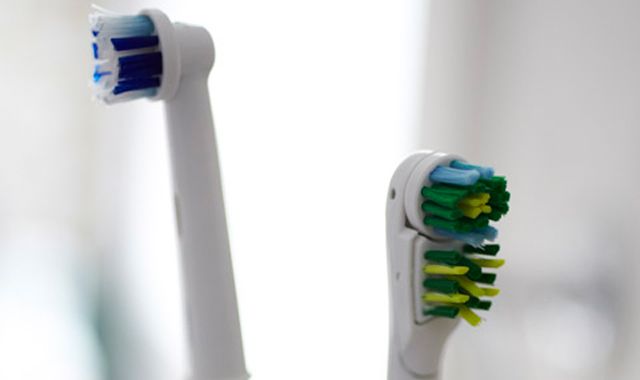Toothbrush type found to influence bacterial growth
There has been much research and discussion on the efficacy and benefits of certain toothpastes or mouthwashes when it comes to eliminating oral bacteria – but what about toothbrushes? Recent research has found that bacteria growth is more prevalent on certain types of toothbrushes, which could have negative impacts on oral health.

There has been much research and discussion on the efficacy and benefits of certain toothpastes or mouthwashes when it comes to eliminating oral bacteria – but what about toothbrushes? Recent research has found that bacteria growth is more prevalent on certain types of toothbrushes, which could have negative impacts on oral health.
Conducted at The University of Texas Health Science Center at Houston (UTHealth)School of Dentistry, the study found that hollow-head toothbrushes had up to 3,000 times more bacterial growth than solid-head toothbrushes. The research showed that in 9 out of 10 comparisons, microbial counts were lower in solid-head toothbrushes than hollow-head toothbrushes.
Trending article: Runners at higher risk for tooth decay
“A solid-head design allows for less growth of bacteria,” said Donna Warren Morris, R.D.H., M.Ed., lead author and professor at the UTHealth School of Dentistry. “It is also important to disinfect and to let your toothbrush dry between uses.”
Participants in the study brushed twice daily for three weeks with one of three power toothbrushes. Participants used non-antimicrobial toothpaste and flossed, but refrained from using other products like mouthwash. The brush heads were exposed to five categories of oral microorganisms, including anaerobes and facultative microorganisms, yeast and mold, oral streptococci and oral enterococci anaerobes, Porphyromonas gingivalis and Fusobacterium species.
Oral-B introduces first interactive electric toothbrush with Bluetooth 4.0 connectivity
“The packaging on most power toothbrushes won’t distinguish between a hollow-head and solid-head design,” reported Morris. “The best way to identify a solid-head design is through the connection to the body of the power toothbrush.”
The article did make note that there is no study to date that has proven that bacteria on toothbrushes can lead to systematic health effects, but pointed out that several of the observed microorganisms have been associated with systematic diseases.
“Some of these other bacteria have been linked with cardiovascular disease,” stated Morris. “There is a high association with gum disease and cardiovascular disease. Researchers have been able to culture the same bacteria around the heart that causes gum disease. ”
The study was coauthored by Millicent Goldschmidt, Ph.D., M.S.,Harris Keene, D.D.S. and Stanley Cron, M.S.P.H., and published in the August issue of the Journal of Dental Hygiene. Information for this story was gathered from that publication.
Floss & Flip Flops Episode 22: National Dental Hygiene Month
October 1st 2023Join the Sanders Sisters and Dr Anna Kay Thompson as they learn about the burning questions the medical community is not asking about oral health. Learn about all of the ways they are celebrating the good work of dental hygienists in their quest for whole-body health.
Maximizing Value: The Hidden Benefits of Preventing Hospital-Acquired Pneumonia Through Oral Hygiene
September 10th 2024Originally posted on Infection Control Today. Hospital-acquired pneumonia (HAP) is a significant infection prevention concern, leading to high patient mortality, increased health care costs, and ICU usage. Oral hygiene is an effective preventive measure.